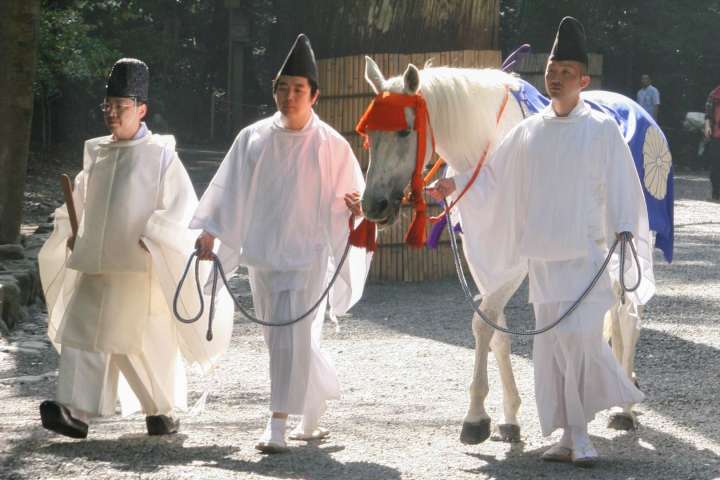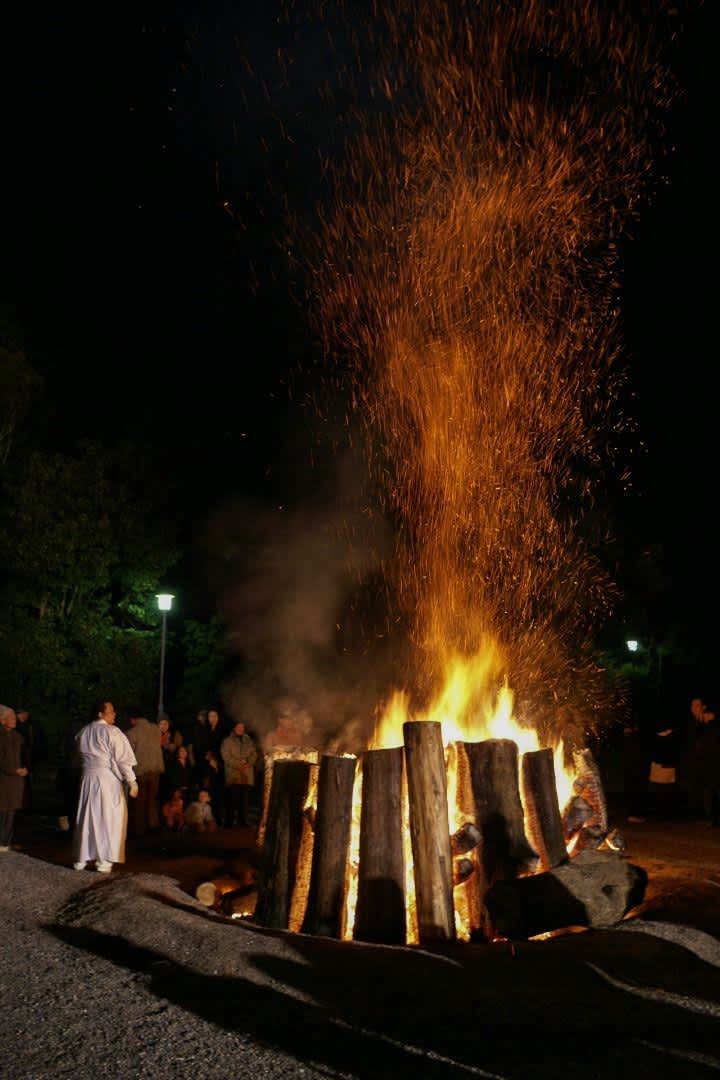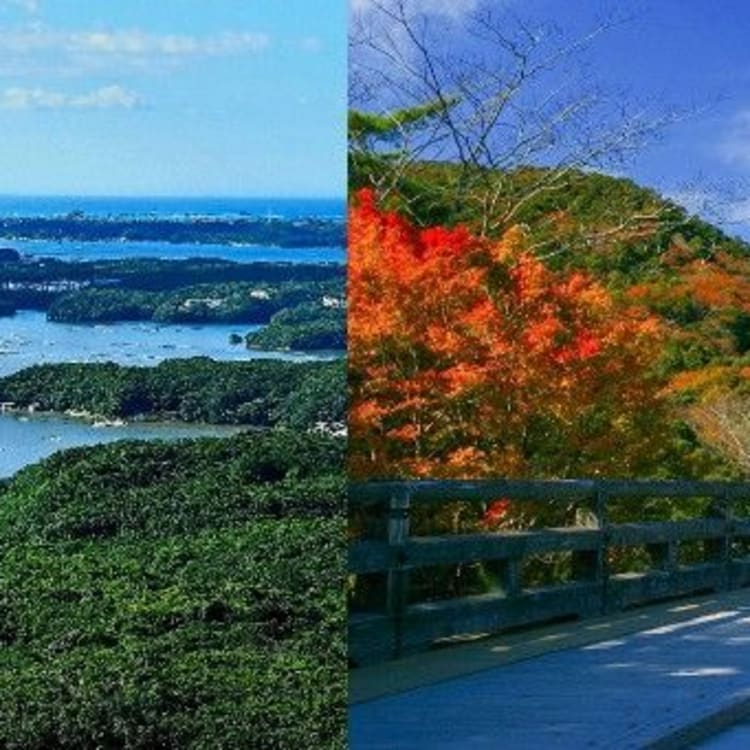
STORY A Must Go in Mie! A Summary of How to Pray at Ise Grand Shrine by JNTO on 03 October 2019

Ise Grand Shrine (or Ise Jingu) is undoubtedly a must go when travelling in Japan.The shrine is known to be Japan’s most sacred Shinto shrine. It is at the very center of all shrines throughout the country, and since the old time, there has been a saying “Ise Shrine is a must go in one’s life time”. Today, we will be looking at the way to pray correctly at this tourists’ hotspot.

What is this “Apex of All Shrines in Japan”? And Why is it a “Holy Spot Must Go in a Life Time”?

Ise Grand Shrine is believed to be the heart of all 80,000 shrines in Japan. Centering on the bigger inner and outer shrines, there are also 14 smaller betsugu, 43 Sessha, 24 Massha, and 42 Shokansha dedicated to different gods, so the name “Jingu” refers to all 125 shrines atIse. An important annual event of the grand shrine is in the New Year time, when Japan’s Prime Minister and his cabinet come and pray.

Let’s Get to Know the Correct Route and Manner at Ise Grand Shrine!
The inner shrine and outer shrine are 6 km apart from each other, so you need to plan your route in advance. Let us get to know the dos and don’ts when praying at Ise!

1. The Correct Direction: Outer First, then the Inner!
The correct sequence is to “visit the outer shrine first, then the inner one”. The imperial family follows this sequence in their prayer as well. It is believed that bad luck would come if we pray only at either one of the two shrines, so please do not do that! In both the outer and inner shrines, visit the main hall first, then the first betsugu (it is Takanomiya in the outer shrine, and Aramatsurinomiya in the inner).
2. Keep to the Left at the Outer Shrine, And to the Right at the Inner!
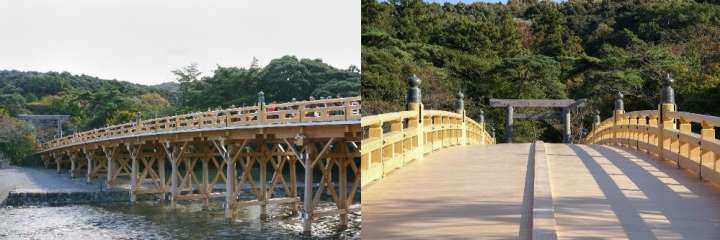
Be mindful to keep to the left at the outer shrine (geku), and to the right at the inner shrine. Stop at the first Torii gate along the approach and bow. When it comes to basic manners, please note that smoking is prohibited in the shrine area, to speak softly, and to switch your mobile phone to silent mode. Please do not expose too much of your skin, and take off your hats when in front of the god.
3 Boost Your Good Luck by Following the Correct Sequence! The Praying Manner
(1) Chozu, the holy water
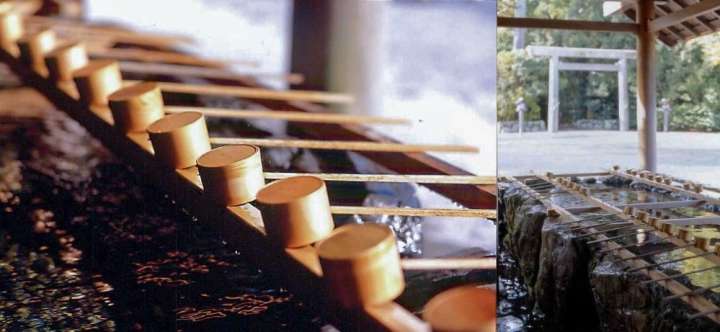
At the entrance of the approach, there is a Chozuya (literally “holy water counter”). Slightly wash your hands and mouth as a symbol to purify your mind before entering the shrine to encounter god. The correct way to do the washing is first hold the water ladle with your right hand to wash your left hand before switching. Then, again hold the ladle with your right hand and pour little water onto your left palm for washing your mouth. After that, wash your left hand and use the remaining water to wash the ladle. Finally, you are ready to enter.
(2) Praying
At the Torii gate of any shrine, stop and bow deeply at a 90 degree angle with your hands by your sides. Next, raise your arms, clap twice and pray, which is followed by another bow. This is it!
What a Waste if You only Visit the Outer and the Inner Shrines! Also See Futamiokitama Jinja with the Meoto Iwa, along with other Shrines!
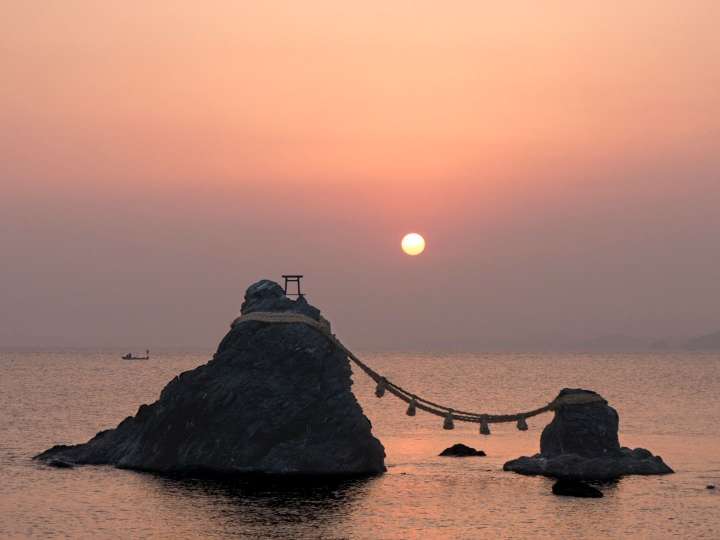
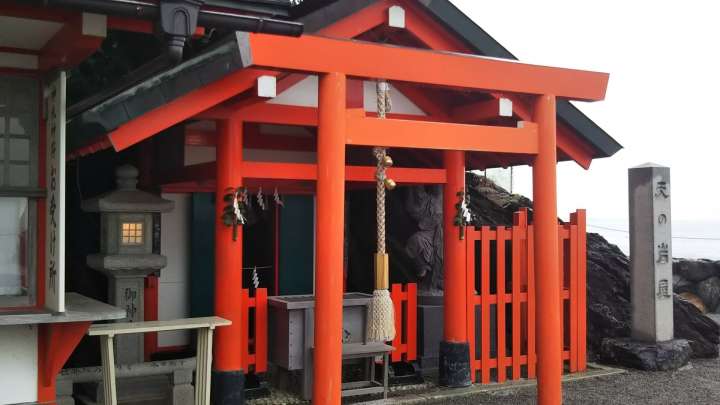
Futamiokitama Jinja is said to be the spot at where believers of Ise Grand Shrine first purify their mind since the past. This is called “Hamasangu”. Here, you see visitors pouring water over some frog statues called “Gankake frog” to pray, and the Meoto Iwa which is the symbol of the Futamigaura area. You certainly need to catch both. The meoto iwa (literally “couple rock”) consists of a 9m high male rock and 4m high female rock. They look as if they are leaning towards each other, and are connected by an Oshimenawa sacred rope to bring fortune and love.
If you aim to complete the entire praying ritual, also visit the betsugu (literally “other shrines”) after praying at the outer and inner shrines. There are 4 betsugus at the outer shrine, and 10 in the inner shrine. A famous one is at the inner shrine called “tsukiyominomiya” with many ancient divine trees surrounding it.

There are as many as 1,500 rituals at Ise Grand Shrine in a single year, like the main one which is the “Tsukinaminomatsuri Festival”, when offerings are purified twice a day for all gods. On every 1st, 11th, and 21st of each month, “Shinmekenzan” is held at eight in the morning, which is a service involving a shinme (a horse dressed sacredly). Visitors can line up along the approach of the outer shrine or the inner shrine and watch.
